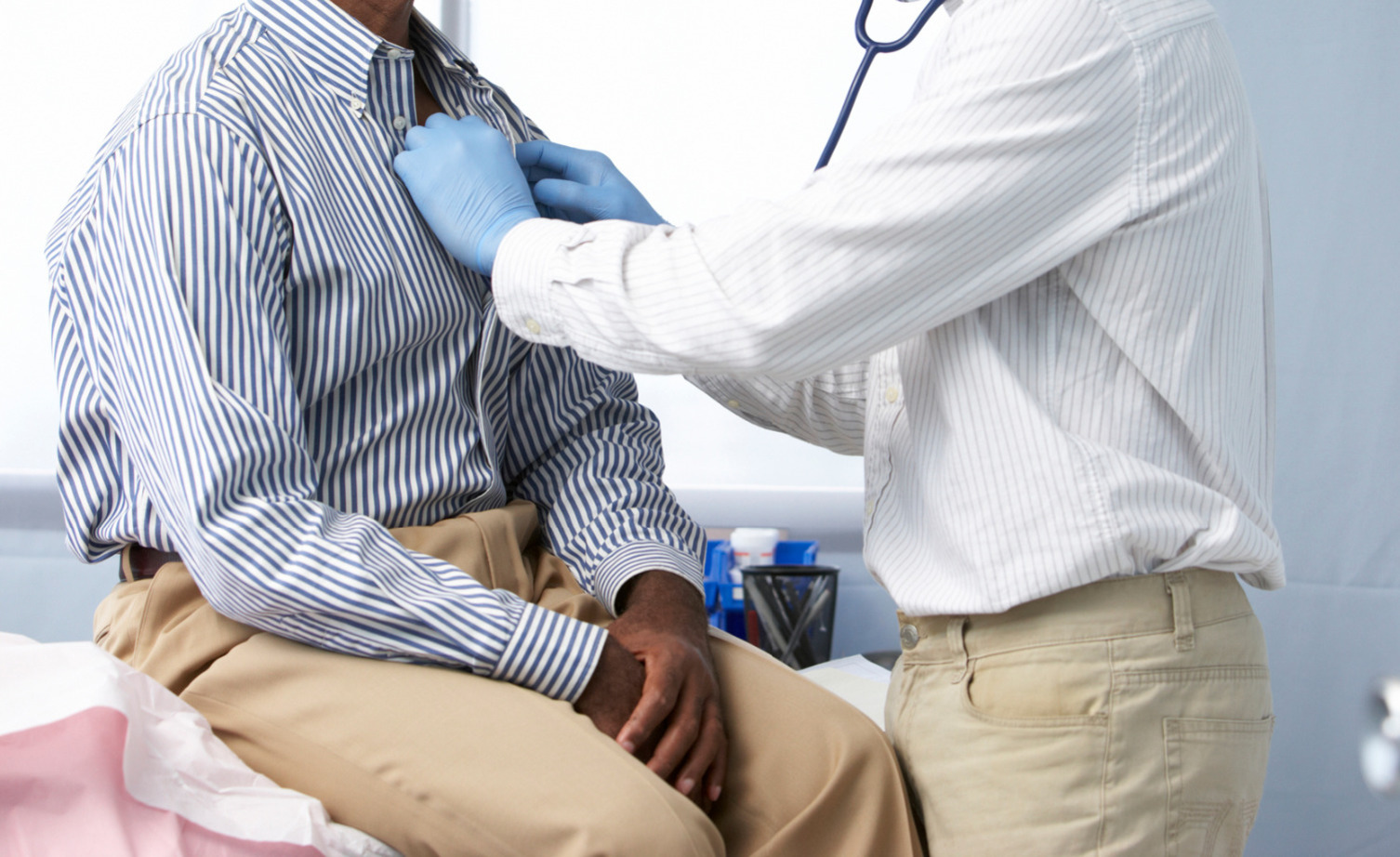
“Thank you very much for doing my surgery. I heard so much about you – the fine way you help others.”
Male Breast Conditions
Gynaecomastia: Gynaecomastia is a medical term meaning swelling of the breast tissue in a man. This occurs normally in a male at three stages of life: newborn, adolescence and senescence (old age). This may be distressing causing social embarrassment restricting type of clothes worn. The number of men choosing surgery as an option to correct this condition is on the increase.
Assessment includes a full medical history and examination and excluding medical conditions associated with gynaecomastia which include:
Side effect of medication e.g. heart medicines, prostate medicines, anti-anxiety and anti-depressant, anabolic steroids
Hormone problems e.g. low testosterone production, tumours, liver failure and nutrition related disorders
Surgery for this condition can transform levels of confidence and improve well-being. However expectations need to be realistic and moderated in the breast clinic to avoid disappointment. Liposuction may also be necessary where there is a significant contribution to the breast swelling.
Male Breast Cancer
In the UK, up to 400 breast cancers are diagnosed amongst men. The diagnosis and treatment of male breast cancer is similar to breast cancer in women and includes and can include a combination of:
Surgery
Anti-hormone medication
Chemotherapy
Radiotherapy
Targeted therapy
About 10% of men with breast cancer will have a genetic mutation, most commonly in the BRCA1 or BRCA2 gene. Genetic counselling should be considered in all male breast cancer patients.

Nipple and Areolar Surgery
A number of operations can be considered on the nipple:
Correction of inverted nipples
The causes for an inverted nipple include:
Congenital – born with it
Breast infection and inflammation
Trauma
Inversion of the nipple may cause loss of confidence and problems with self-hygiene if there is associated nipple discharge. Surgery can be considered for this provided a diagnosis of breast cancer has been excluded. This can be undertaken under a local anaesthetic (awake) or under a general anaesthetic (asleep).
Breast Reduction Surgery:
Breast reduction (mammoplasty) and symmetrisation surgery
Breast reduction surgery rates amongst one of the highest in patient satisfaction surveys. Women with heavy, large and droopy breast can improve the following:
Back, neck and shoulder pain
Recurrent infections on the under surface of the breast (impetigo)
Posture
Self-confidence
There operation is performed under a general anaesthetic (asleep) requiring usually an overnight stay. Surgery aims to remove breast tissue volume (glandular resection) and tighten the skin (skin resection). The nipple position is altered and raised a more youthful position to reflect the proportions of the new breast. The most commonly used scar is the “anchor” incision that allows the most predictable outcomes.
Risk of surgery will include bleeding (haematoma), infection, delayed wound healing and altered sensation and function of the nipple.
Symmetrisation surgery is performed to achieve a more balanced look. Women who have had previous breast cancer surgery may be conscious of the being asymmetric, lopsided as a result of surgery and radiotherapy and may consider symmetrisation surgery for a more natural look.
Nipple reconstruction following mastectomy
This is an important part of the reconstructive pathway and usually undertaken 4-6 months following breast reconstruction. It can be considered the focal part of the breast and can improve patient satisfaction, psychosocial well being and improve symmetry.
A number of techniques can be employed using local skin and can be undertaken under a local anaesthetic (awake) or under a general anaesthetic (asleep). Flattening of the nipple reconstruction with time is a recognised factor. Tattooing may be considered following this.
Removal of lesions on the nipple
Nipple reduction surgery is considered where the length or width of the nipple is bothersome.
Areolar reduction surgery
Excessive stretch of the areolar (pink, brown skin area around the nipple) can be distressing and cause loss of confidence. Surgery to reduce this area and tighten the surrounding skin may be considered to reduce the size of the areolar.




